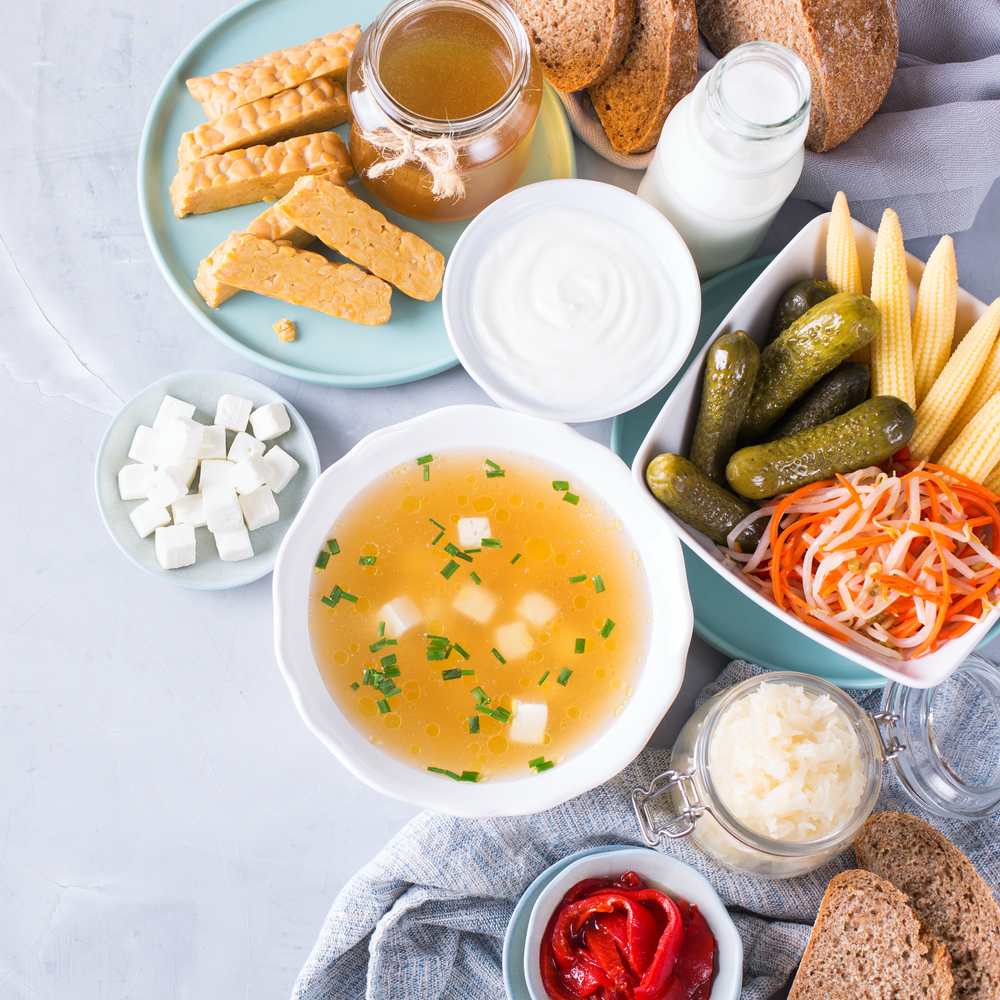Chewing and swallowing difficulties are common in the community, especially among the elderly, people who undergo dental procedures or nasopharyngeal cancer fighters. Poor chewing ability may affect digestion and lead to constipation, while swallowing problems may hinder adequate food intake, leading to undernutrition. Thus, texture-modified diets are formed to modify food texture for safe food consumption and swallowing.
There are different ranges of texture-modified diet, depending on individual restrictions and swallowing abilities: pureed, minced and moist, soft and bite-sized, and easy to chew. It is advisable to speak to a doctor or speech therapist if your medical condition requires food texture modification, while dietitians will further advise on dietary content modification.
The table below summarises the descriptions of different food textures:
| Food Textures | Description | Example | Preparation Methods | Food Allowed |
| Pureed | – Do not require chewing
– Smooth with no lumps – No separation of solid with liquid |
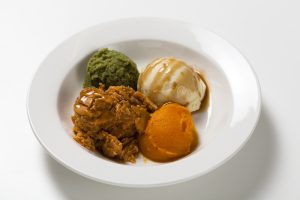 |
Blender / food processor
*Food thickening: potato / mashed potato powder / thickening agent
*Smoothing agent: plain porridge
|
– Blended porridge
– Blended starchy vegetables – Blended fish, chicken, lentils, tofu – Custard, pudding |
| Minced and Moist | – Biting not required; minimal chewing only
– Soft and moist – Small lumps visible within the food – Maximum food size: 4mm (width) X 15mm (length) |
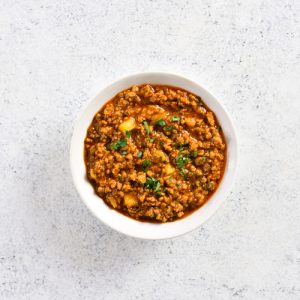 |
Blender / food processor
|
– Porridge
– Softened cereal / oats – Finely minced fish or meat – Mashed soft fruits – Finely minced vegetables |
| Soft and Bite-Sized | – Biting not required; need chewing only
– Soft, tender and moist – Maximum food size: 15mm X 15mm
|
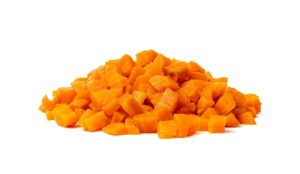 |
Manual cutting / food processor | – Porridge / soft rice
– Softened cereal / oats – Finely chopped fish or meat – Small cubes of soft fruits – Finely chopped vegetables |
| Easy to Chew | – Soft texture food
– Able to break food apart easily with side of utensil |
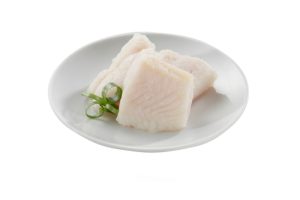 |
– | – Soft texture food |
*Refer to International Dysphagia Diet Standardisation Initiative (IDDSI) framework for detailed food texture explanations (https://iddsi.org/framework/)
Let us work together to identify the texture modification needs and prepare our food safely for optimal nutritional status.

